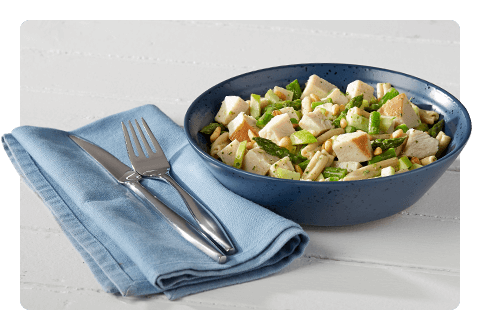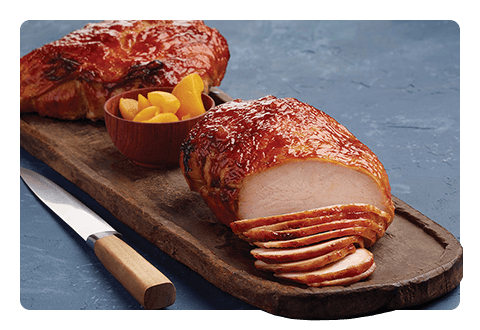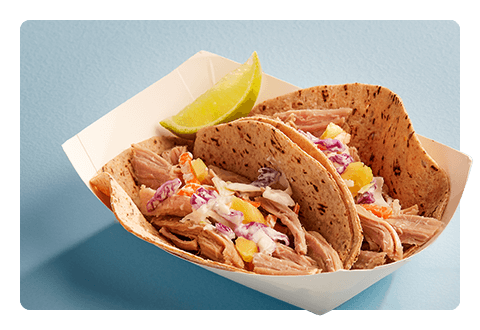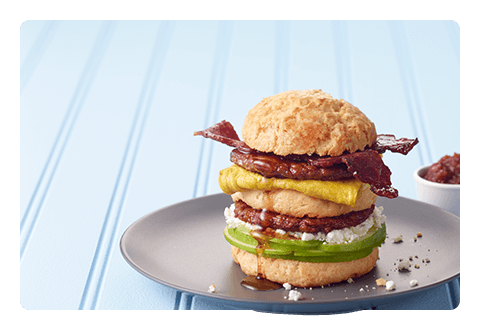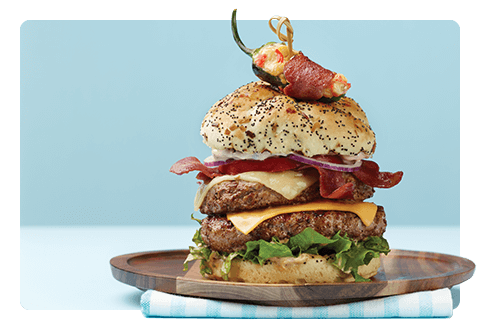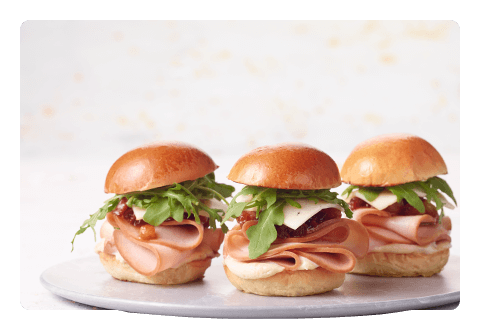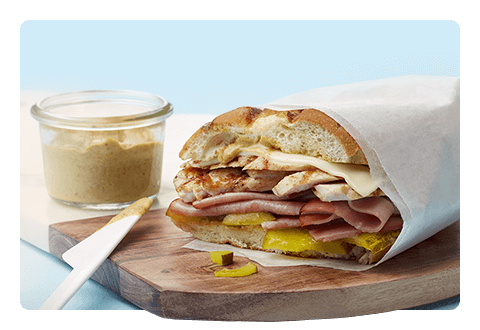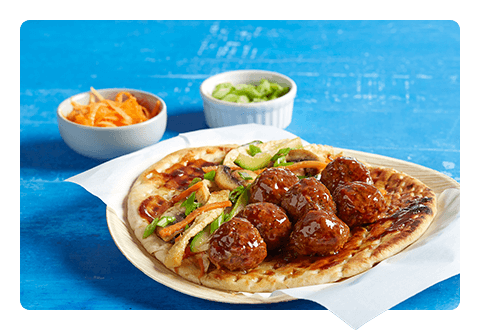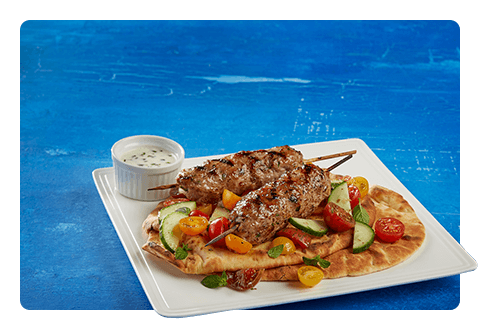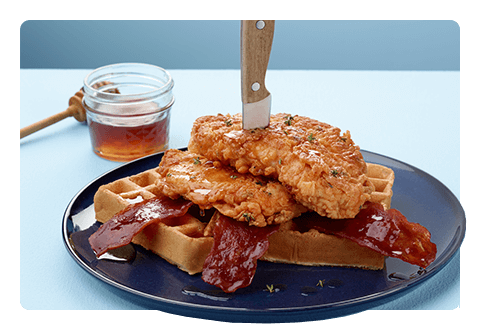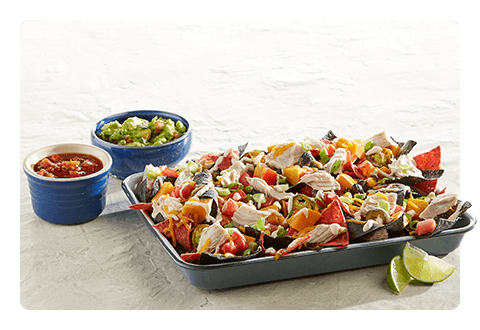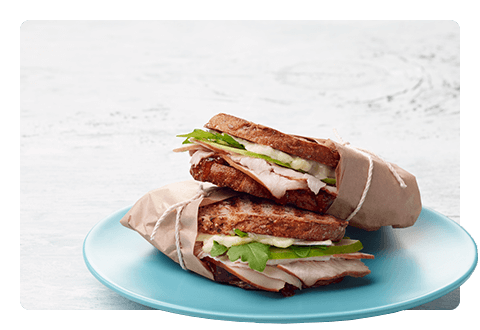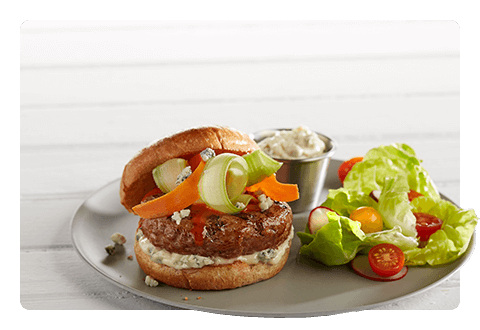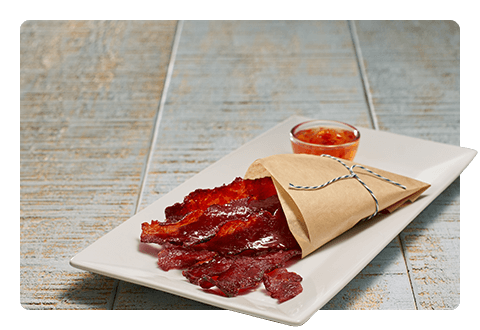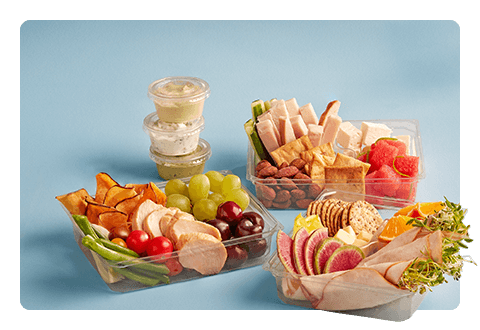What the Rise in Robotics Means for Operators
Foodservice is getting more automated every year. Modern payment systems, smart kitchen equipment and other technological innovations have an effect on operators and patrons alike, changing and potentially limiting interactions between employees and customers. Some establishments are even going a step further, using robotic machines to carry out front- and back-of-house tasks.
Food and beverage preparation that is programmable and repetitive can now be assigned to gadgets instead of people. Robotic baristas are serving coffee at Cafe X in San Francisco, California, and Briggo in Austin, Texas, and there’s a machine that puts together made-to-order hamburgers at a restaurant called Creator, also based in San Francisco.
Entire companies are now focused on developing robots, even giving them names, specifically for the foodservice industry. Chowbotics is catering to both commercial and noncommercial segments with the launch of Sally, which can prepare more than 10,000 meal options out of 22 ingredients. Bear Robotics built Penny—a busser robot able to maneuver through a busy seating area—to provide table service, and restaurateurs are using it to bring diners drinks, meals and bills on its serving tray.
These devices are designed to be efficient and predictable, which can be beneficial for patrons. According to Technomic, about three-quarters of consumers say that service speed and order accuracy are important factors in creating value at a restaurant.
Technomic research also shows that 62% of consumers think staff friendliness makes a restaurant more valuable, which is why operators who have implemented these technologies are typically shifting staff responsibilities rather than eliminating human labor completely. The idea is to relegate simple tasks to automated processes, thus allowing employees to spend more time offering face-to-face customer service.
Though these tools can change the dining experience for the better, they're all significant investments, and it’s important for operators to choose wisely when deciding where and how to implement automation. If these solutions prove to be reliable for years to come, they can reduce staff turnover and the amount of time spent on employee onboarding.
How are you using technology to streamline the workload in your operation? Share your experiences on Facebook or LinkedIn, and take a look at our Resource Center to learn about other new developments in foodservice.
SOURCES
Jennings, Lisa. Five fully automated foodservice outlets, Nation’s Restaurant News, August 2018.
Luna, Nancy. Tech Tracker: Robots, automation dominate at NRA food show, Nation’s Restaurant News, May 2018.
4 benefits of back-of-house automation, Restaurant Business, August 2018.
Kelso, Alicia. Robotic Pizza Maker Zume Says Automation Is The Key To Food’s Labor Problem, Forbes, August 2018.

